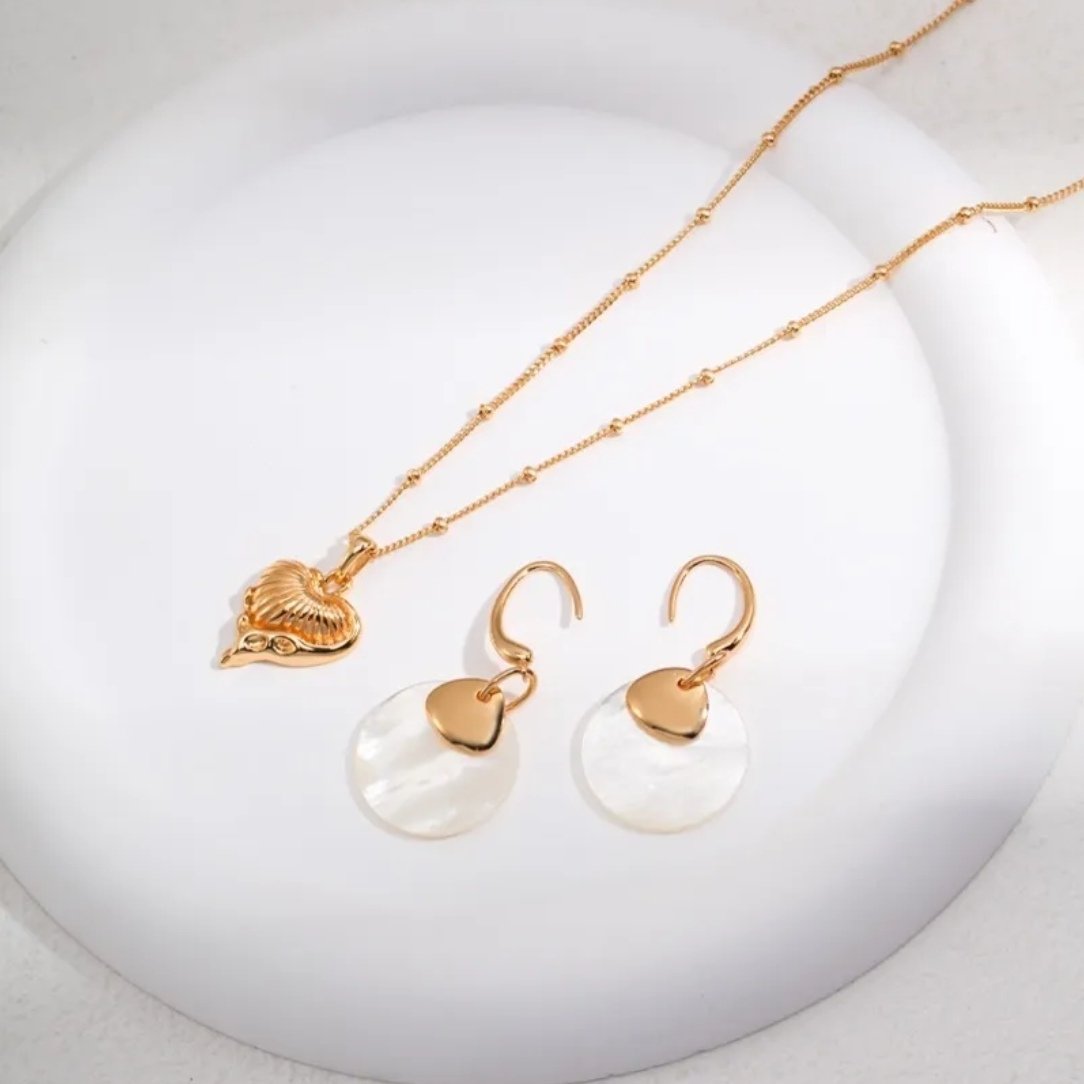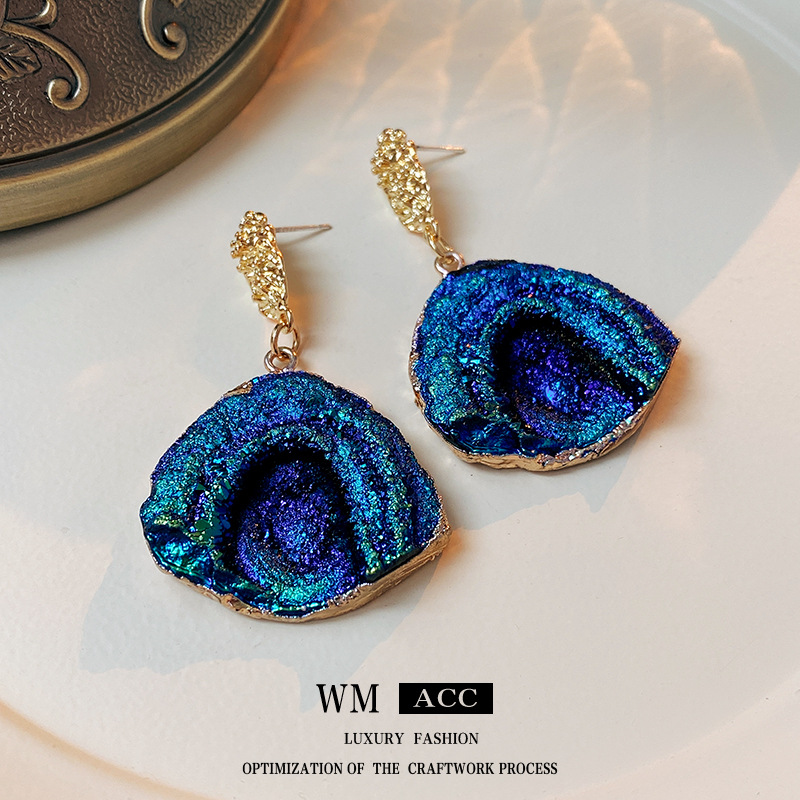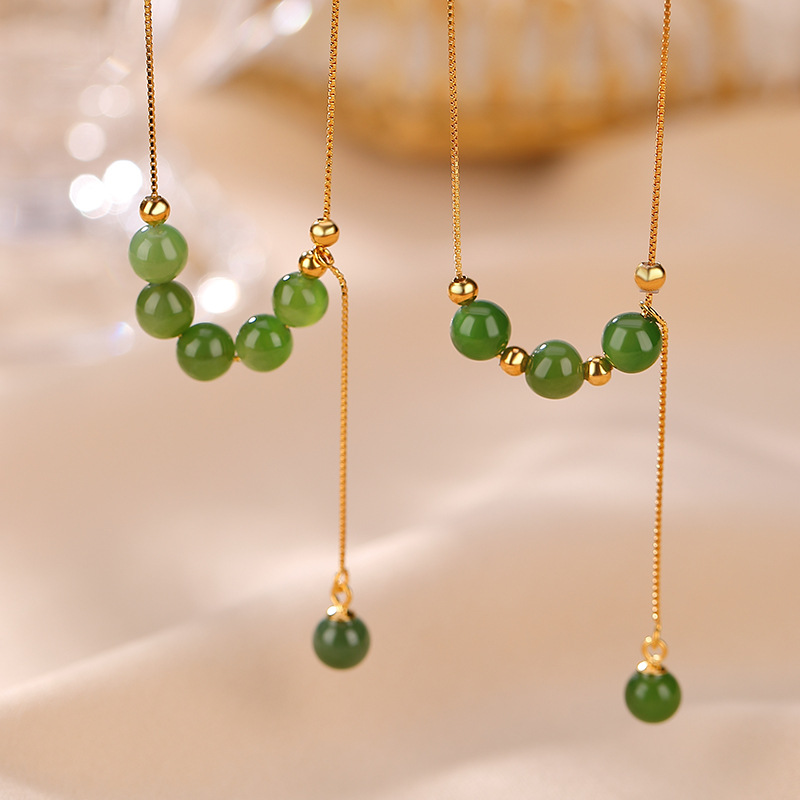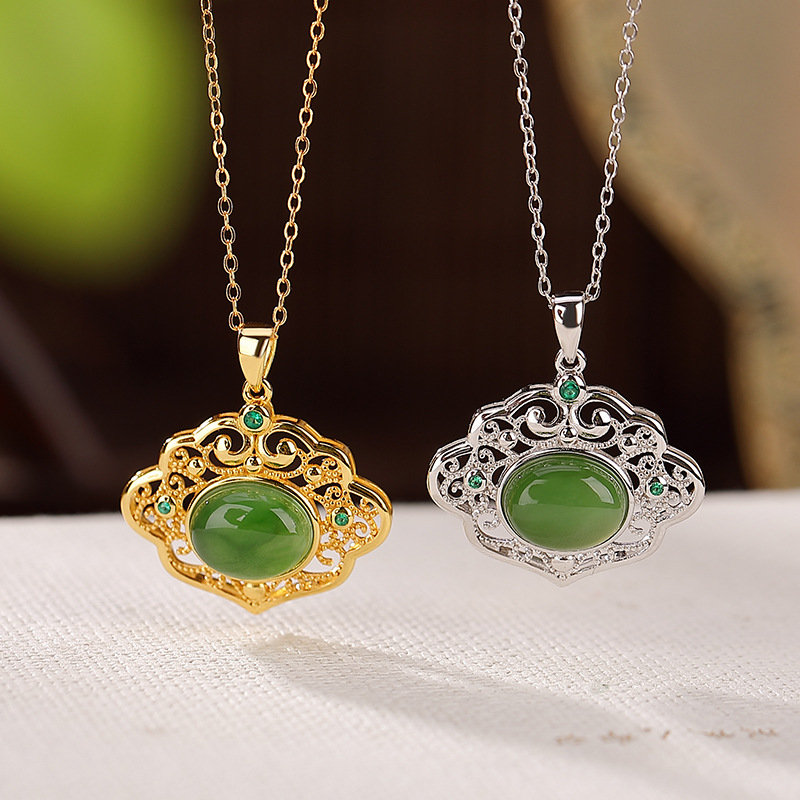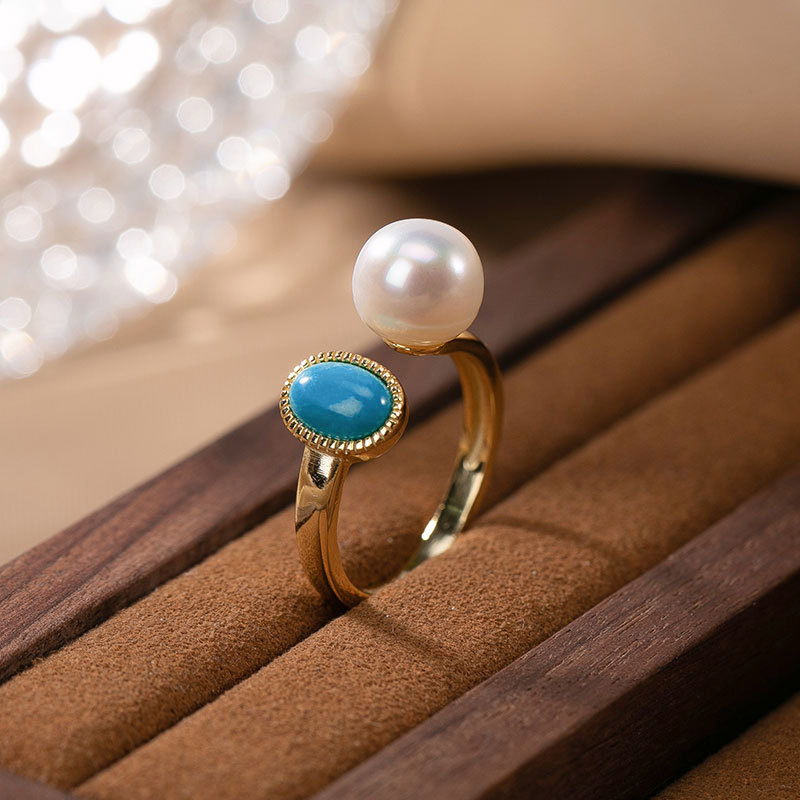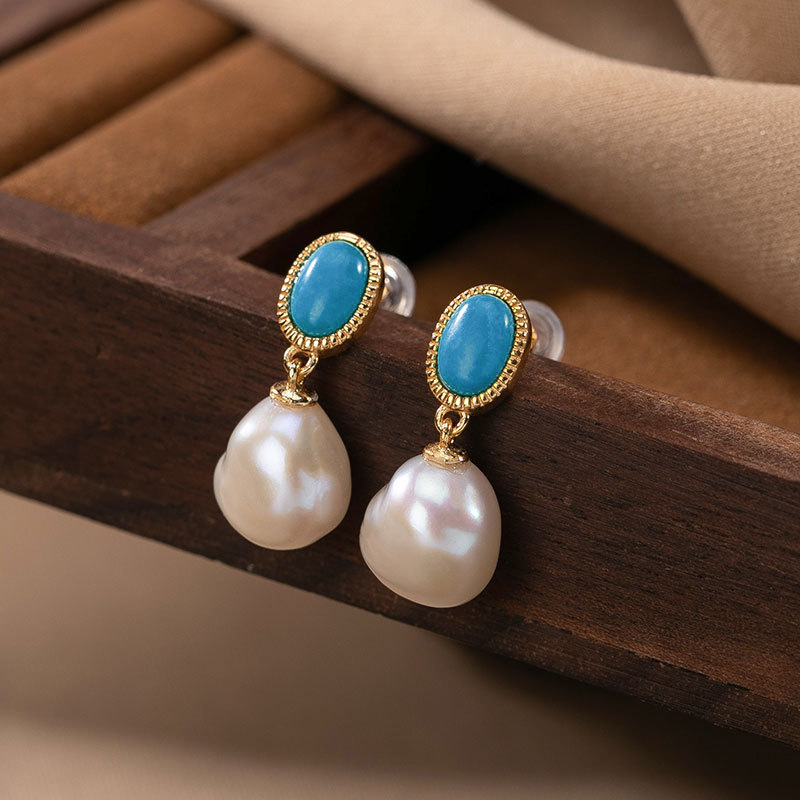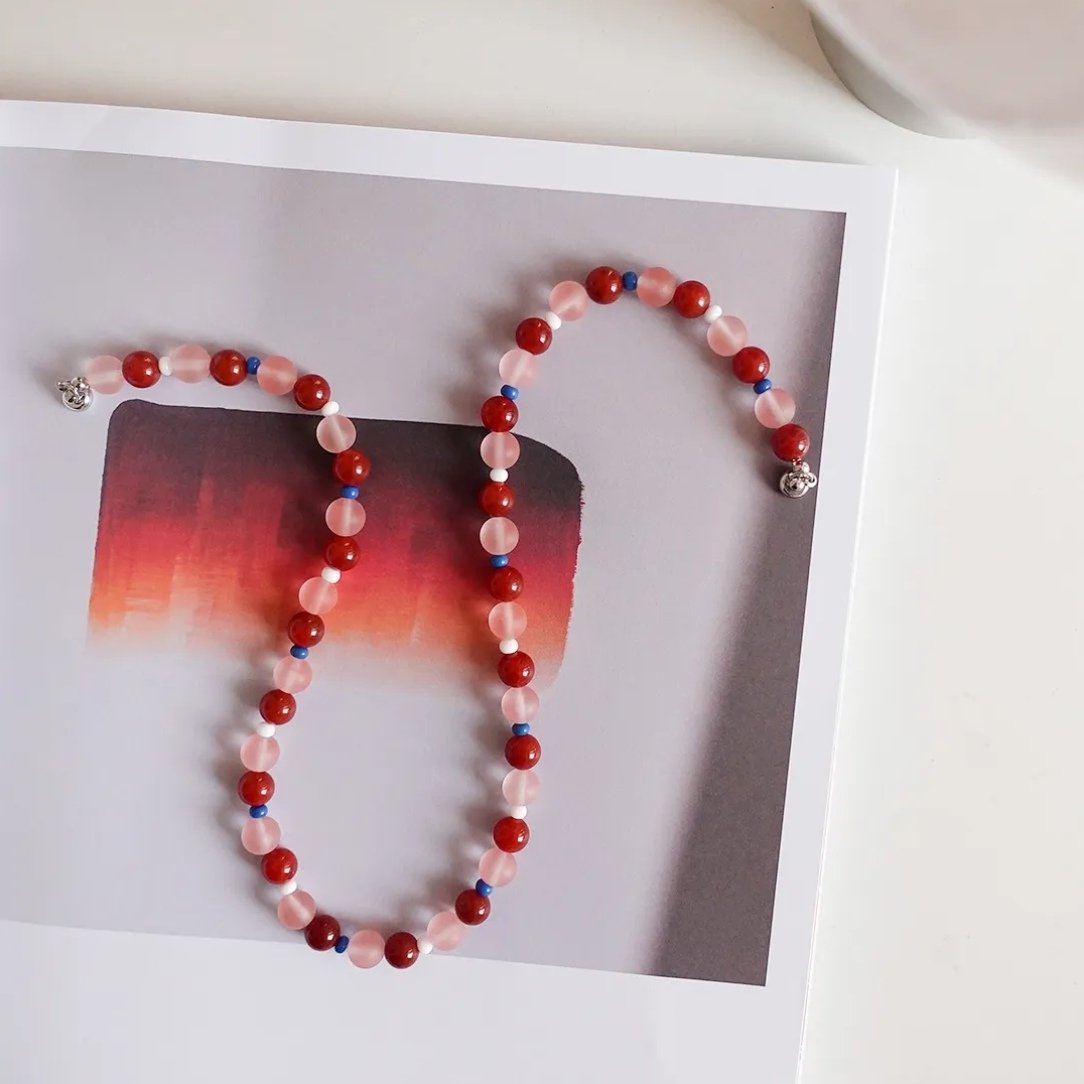
Vintage vs. modern necklace styles: What’s trending?
Table of Contents
Vintage and modern necklace styles offer unique approaches to jewelry design, each with its own charm and appeal. While vintage styles draw inspiration from the past, often incorporating classic elements, modern styles tend to focus on contemporary trends and innovative designs. Let’s explore the key characteristics of vintage and modern necklace styles, along with what’s trending in each category.
Vintage Necklace Styles
Vintage necklaces are inspired by jewelry designs from previous eras, such as the Victorian, Art Nouveau, Art Deco, and Mid-Century periods. They often feature intricate detailing, traditional motifs, and a sense of nostalgia.
- Characteristics: Vintage necklace styles typically include filigree work, cameos, lockets, and ornate metal designs. They often use classic gemstones like pearls, turquoise, and sapphires, and may feature floral or geometric patterns.
- Popular Eras: Victorian (1837–1901), Edwardian (1901–1910), Art Nouveau (1890–1910), Art Deco (1920s–1930s), and Mid-Century (1940s–1960s).
- What’s Trending: There’s a resurgence in vintage-inspired jewelry, with a focus on timeless elegance and classic designs. Trends include:
- Lockets: These remain popular for their sentimental value, often containing photos or small keepsakes.
- Cameos: Featuring carved portraits or scenes, cameos are experiencing a revival in contemporary fashion.
- Pearls: Pearls are being reinterpreted in modern ways, with layered strands and unique combinations.
- Geometric Designs: Art Deco-inspired necklaces with geometric shapes and patterns are making a comeback.
Modern Necklace Styles
Modern necklace styles embrace contemporary design trends, often featuring sleek lines, minimalistic elements, and innovative use of materials.
- Characteristics: Modern necklace styles tend to focus on simplicity, bold lines, and innovative design. They often use metals like sterling silver, stainless steel, and gold, and incorporate unique materials such as resin, leather, or unconventional gemstones.
- What’s Trending: Modern necklace trends reflect current fashion and are influenced by popular culture. Trends include:
- Layered Necklaces: This trend involves wearing multiple necklaces of varying lengths, creating a dynamic look.
- Minimalist Designs: Simple chains with small pendants, geometric shapes, or delicate bars are gaining popularity.
- Chunky Chains: These bold necklaces feature large metal links, adding a touch of edginess to modern styles.
- Personalized Necklaces: Necklaces with initials, names, or custom engravings are trending for their personal touch.
- Mixed Metals: Combining different metals like gold and silver adds a contemporary twist to necklace designs.
Combining Vintage and Modern Styles
One of the current trends is blending vintage and modern elements to create unique necklace styles. This fusion allows for versatility and appeals to a broader range of tastes.
- Examples:
- Vintage Pendants on Modern Chains: Combining a classic pendant with a modern chain creates a unique contrast.
- Layering Vintage and Modern Pieces: Mixing vintage-inspired necklaces with contemporary styles offers a trendy and personalized look.
- Reinterpreting Classic Elements: Incorporating vintage motifs, like filigree or pearls, into modern designs for a fresh twist.
Conclusion
Both vintage and modern necklace styles have their unique charm, with current trends reflecting a mix of nostalgia and contemporary innovation. While vintage styles focus on classic designs and traditional elements, modern styles embrace simplicity and boldness. The trend toward blending vintage and modern elements allows for creative expression and versatility, offering a wide range of options for jewelry enthusiasts. Whether you prefer the timeless elegance of vintage or the sleek lines of modern styles, there’s a trending necklace style to suit your taste and complement your wardrobe.
-
Product on sale
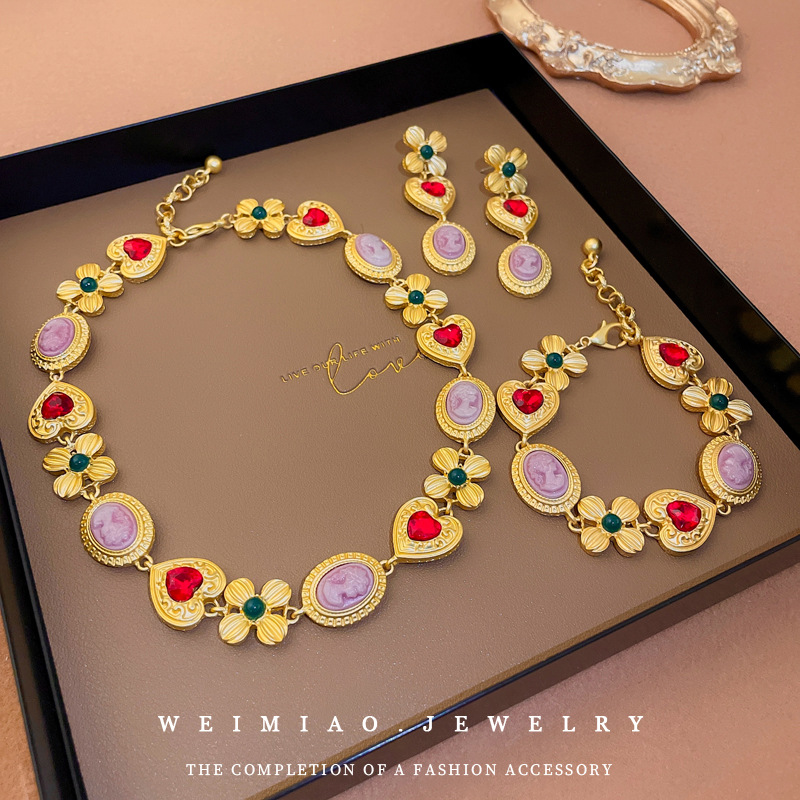 Flower portrait diamond love necklace bracelet, silver needle earrings, retro jewelry, palace style clavicle chain$9.00 – $13.90
Flower portrait diamond love necklace bracelet, silver needle earrings, retro jewelry, palace style clavicle chain$9.00 – $13.90 -
Product on sale
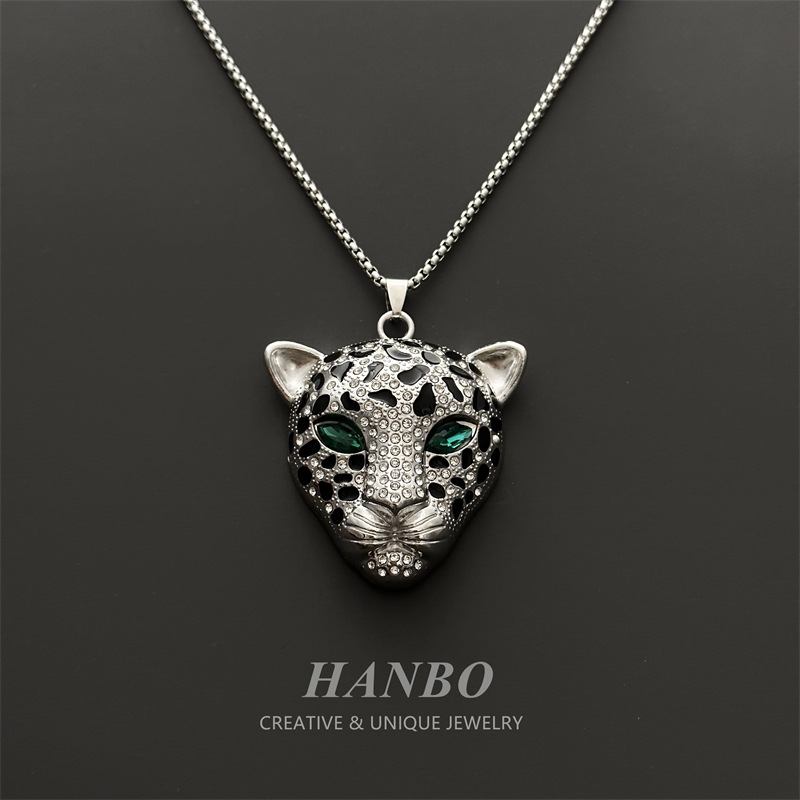 Leopard head pendant necklace with green diamonds, trendy light luxury necklace, niche design hip-hop high-end jewelry for men and womenOriginal price was: $12.00.$6.00Current price is: $6.00.
Leopard head pendant necklace with green diamonds, trendy light luxury necklace, niche design hip-hop high-end jewelry for men and womenOriginal price was: $12.00.$6.00Current price is: $6.00. -
Product on sale
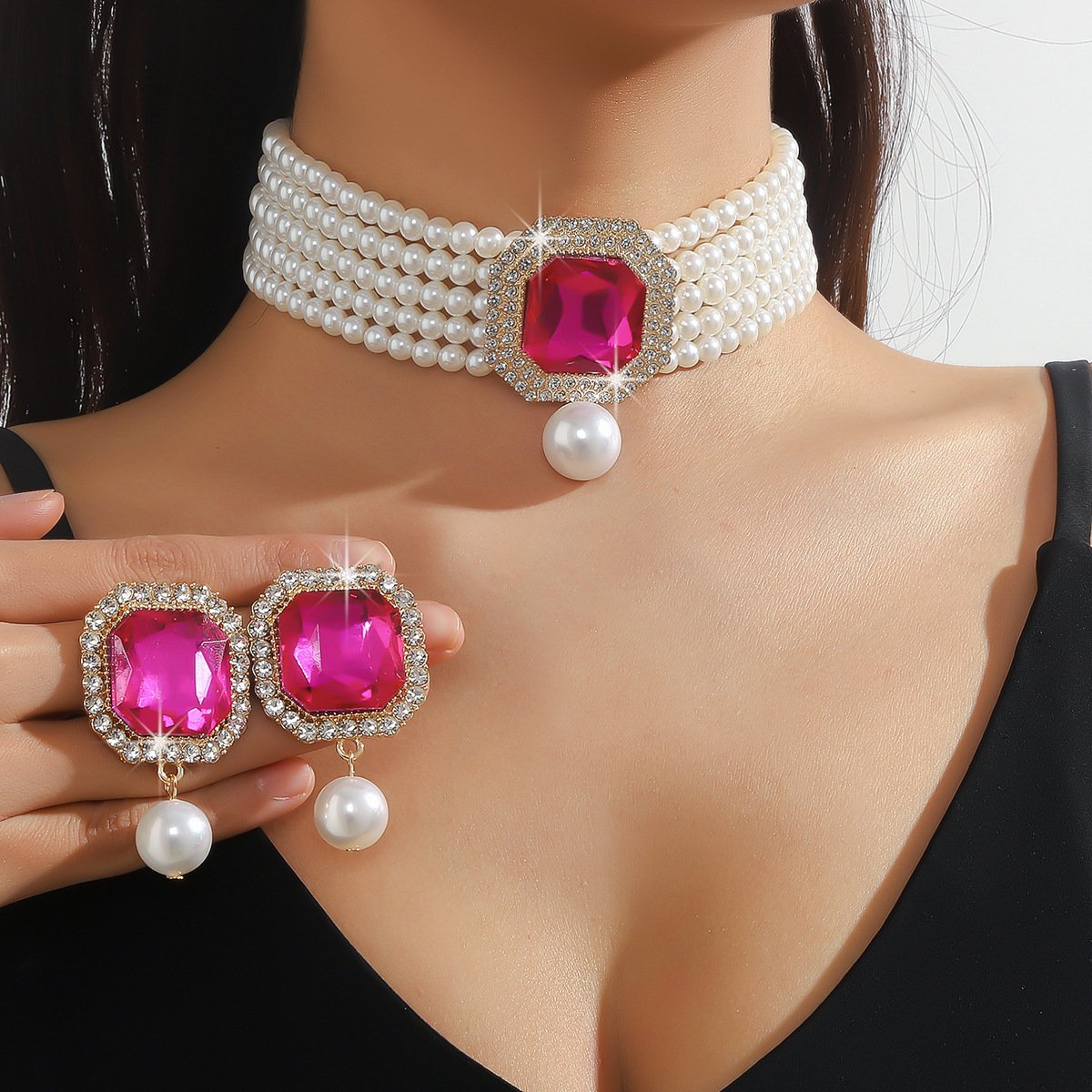 Luxury European and American multi-layer imitation pearl geometric crystal necklaces, earrings, colorful crystal necklaces, fashionable and boastful necklacesOriginal price was: $18.00.$10.00Current price is: $10.00.
Luxury European and American multi-layer imitation pearl geometric crystal necklaces, earrings, colorful crystal necklaces, fashionable and boastful necklacesOriginal price was: $18.00.$10.00Current price is: $10.00.
